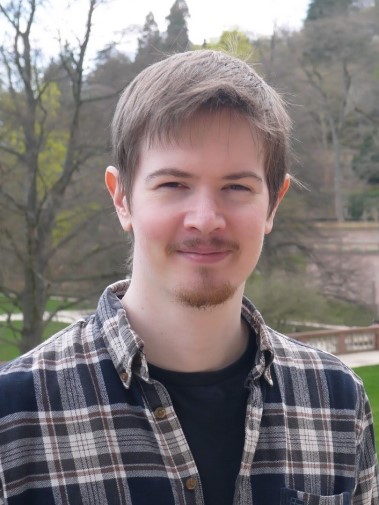
Scientist, Physician

Short Bio
I'm a scientist and physician. Previously, I have conducted research in molecular neurobiology, biophysics and synthetic biology and have held fellowships from the German Research Foundation and the Leo Eloesser Foundation. I studied medicine at the Ruprecht Karl University of Heidelberg, Germany and the Ludwig Maximilian University of Munich, Germany. Google Scholar
I'm interested in theoretical biology and in developing technologies to improve human health.
Leveraging biological adaptation mechanisms to enhance human organism function
In mammals including humans, adaptive transcription is a central mechanism to connect environmental stimulation to organism remodeling. I am decoding the internal logic of this ubiquitous molecular program to enable new approaches in medicine, human performance enhancement and longevity.
Lissek 2023, Aging, adaptation and maladaptation, Front. Aging
Lissek 2022, The universal role of adaptive transcription in health and disease, Preprint
Reverse engineering natural genomic longevity programs
Certain environmental stimuli, such as exercise, intermittent fasting and cognitive stimulation, can extend health- and lifespans in humans and other animals. I have reverse engineered the underlying molecular programs to inform novel life extension approaches.
Lissek 2022, Activity-dependent induction of younger biological phenotypes, Adv Biol
Molecular algorithms in reward learning and addiction
For my doctoral work, I have decoded a new molecular algorithm centering on the transcription factor Npas4 that controls how strongly mice react to cocaine.
Lissek et al. 2021, Npas4 regulates medium spiny neuron physiology and gates cocaine-induced hyperlocomotion, EMBO Rep. Press: MedicalXpress.
Engineering the brain
I'm currently devising ways to engineer the brain by creating synthetic neural circuits. This might allow new ways to study the brain and ameliorate brain disorders.
Lissek 2022, Methods to construct biological neural circuits, Preprint
Neural substrates of conscioussness
As an undergraduate student, I have leveraged two-photon calcium imaging in living mice to dissect the neural underpinnings of conscioussness.
Lissek et al. 2016, General anesthetic conditions induce network synchrony and disrupt sensory processing in the cortex, Front. Cell. Neurosc. . Press: MedicalXpress.
Neurogenomic computing
I proposed a new concept for biological computation termed neurogenomic computing. It leverages natural and synthetic interfaces between neuronal membranes and the genome.
Lissek 2017, Interfacing neural network components and nucleic acids, Front. Bioeng. Biotechnol.